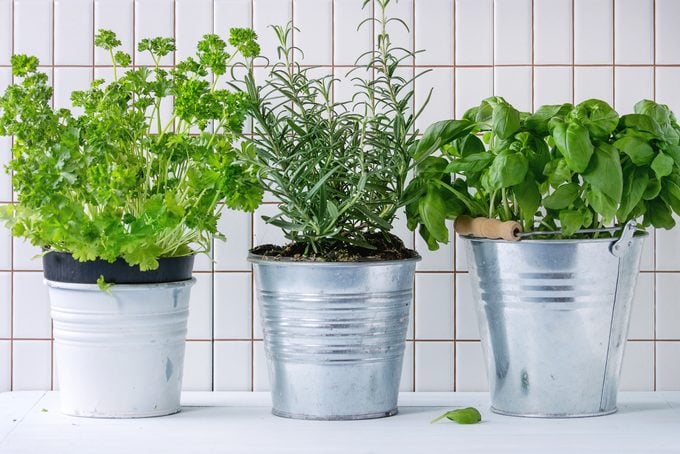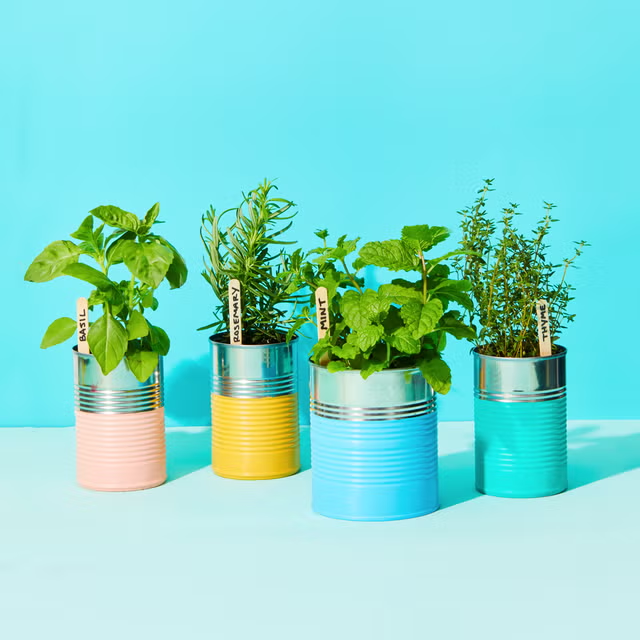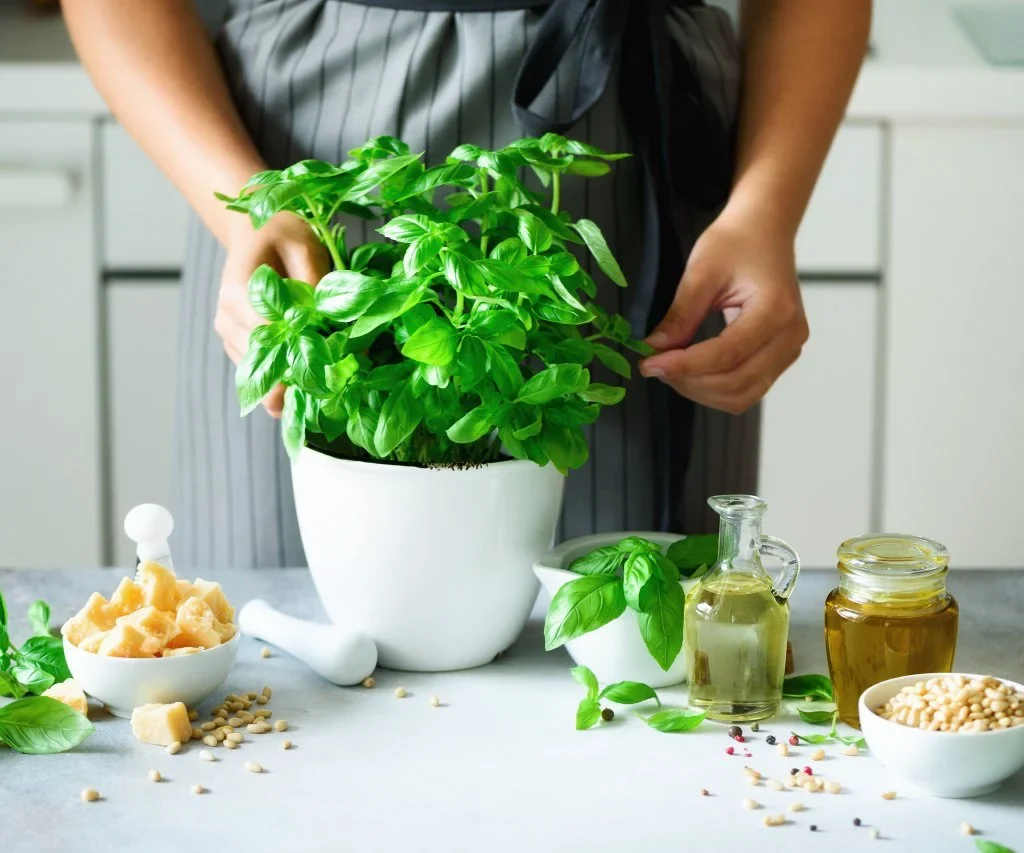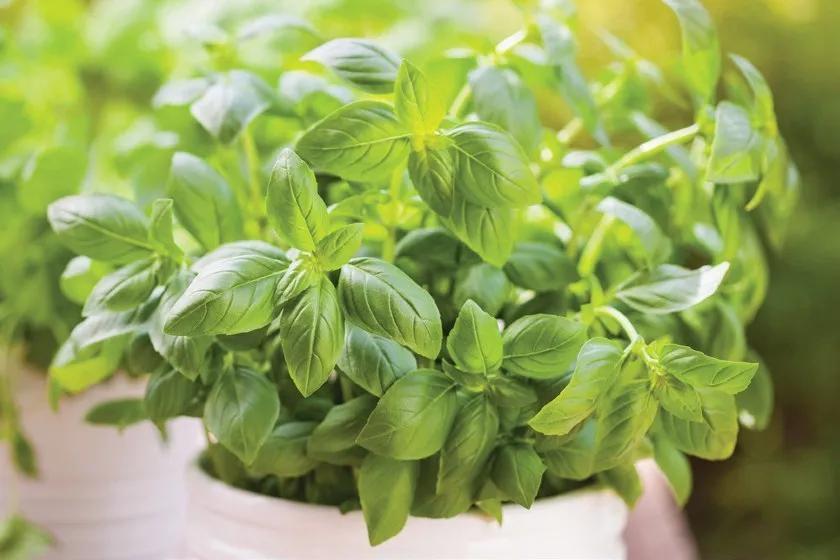Growing your own edible herbs indoors is one of the most rewarding ways to bring fresh, vibrant flavors to your kitchen while adding natural beauty to your living space. Whether you live in an apartment without outdoor garden space, or simply want the convenience of snipping fresh herbs while cooking, an indoor herb garden is both practical and therapeutic.
But not all herbs thrive inside. Some need full sun and expansive root systems, while others are well-suited to windowsills, countertops, and small containers. So, which edible herbs grow well indoors? This article will cover the best herb varieties for indoor growing, their care requirements, and how to successfully cultivate a thriving indoor herb garden.
Why Grow Herbs Indoors?

Before diving into the list of suitable herbs, let’s quickly look at why indoor herb gardening is so popular:
- Fresh, homegrown flavor year-round
- Convenience of harvesting while cooking
- Air-purifying benefits
- Cost savings over store-bought herbs
- Decorative greenery in kitchens and living spaces
- A calming, therapeutic hobby
With just a little sunlight, water, and care, you can enjoy a steady supply of herbs for seasoning dishes, making teas, and even natural remedies.
Top Edible Herbs That Grow Well Indoors

Here’s a detailed look at some of the best herbs to grow indoors, along with their care needs:
Basil (Ocimum basilicum)
Uses: Salads, pasta sauces, pestos, pizza toppings, and herbal teas.
Growing Tips:
- Prefers bright, direct sunlight for 6+ hours a day.
- Thrives in warm temperatures (70–85°F / 21–29°C).
- Keep soil moist but not soggy.
- Pinch off flower buds to encourage leafy growth.
Varieties to Try Indoors: Sweet basil, Genovese basil, Thai basil, and lemon basil.
Mint (Mentha spp.)
Uses: Beverages, desserts, salads, sauces, and teas.
Growing Tips:
- Grows well in indirect to partial sunlight.
- Prefers consistently moist soil.
- Best kept in a container to prevent invasive spreading.
- Regularly trim to promote bushy growth.
Popular Types: Spearmint, peppermint, chocolate mint.
Parsley (Petroselinum crispum)

Uses: Garnishes, salads, soups, stews, and herbal teas.
Growing Tips:
- Requires 5–6 hours of bright light daily.
- Keep soil evenly moist.
- Trim outer leaves regularly to encourage new growth.
- Prefers cooler indoor temperatures (60–70°F / 16–21°C).
Recommended Varieties: Curly leaf parsley, flat-leaf (Italian) parsley.
Chives (Allium schoenoprasum)
Uses: Eggs, soups, dips, baked potatoes, and salads.
Growing Tips:
- Thrives in full sun (6+ hours daily).
- Keep soil lightly moist.
- Trim leaves often to maintain flavor and stimulate new growth.
Bonus: Chives produce attractive purple flowers, which are also edible.
Thyme (Thymus vulgaris)

Uses: Meat, soups, stews, roasted vegetables, and herb blends.
Growing Tips:
- Needs 6+ hours of direct sunlight.
- Allow soil to dry slightly between waterings.
- Benefits from regular trimming.
Great Indoor Varieties: Common thyme, lemon thyme, and creeping thyme.
Oregano (Origanum vulgare)
Uses: Pizza, pasta sauces, roasted dishes, and marinades.
Growing Tips:
- Requires 6+ hours of bright light.
- Allow soil to dry out between waterings.
- Trim frequently to encourage bushy growth.
Ideal Types for Indoors: Greek oregano, Italian oregano.
Cilantro (Coriandrum sativum)
Uses: Salsas, curries, salads, and Asian dishes.
Growing Tips:
- Prefers 5–6 hours of direct sunlight.
- Keep soil evenly moist.
- Bolts quickly in heat — grow in cooler indoor spots.
Tip: Sow seeds successively for a continuous supply.
Dill (Anethum graveolens)

Uses: Pickling, fish dishes, salads, and dressings.
Growing Tips:
- Requires plenty of bright light (5–6 hours).
- Keep soil moderately moist.
- Harvest young leaves for best flavor.
Note: Dill has a long taproot, so use a deep container.
Sage (Salvia officinalis)
Uses: Stuffing, meats, pasta, teas, and herbal remedies.
Growing Tips:
- Needs 6+ hours of bright light.
- Let soil dry out between waterings.
- Prune regularly to prevent legginess.
Ideal Indoor Varieties: Garden sage, dwarf sage.
Rosemary (Salvia rosmarinus)
Uses: Roasted meats, breads, soups, and infused oils.
Growing Tips:
- Requires 6–8 hours of direct sunlight daily.
- Prefers well-draining, sandy soil.
- Allow soil to dry between waterings.
- Mist occasionally for added humidity.
Varieties to Grow Indoors: Prostrate rosemary, Tuscan blue.
How to Grow Herbs Indoors Successfully
Light Requirements
Most edible herbs need at least 5–8 hours of bright, direct sunlight each day. South or west-facing windows are ideal. If natural light is limited, consider using a full-spectrum LED grow light.
Soil and Containers
Use a well-draining potting mix designed for herbs or vegetables. Avoid garden soil, which can compact and harbor pests.
Choose containers with drainage holes to prevent waterlogged roots. Terracotta, ceramic, or plastic pots work well indoors.
Watering
- Water herbs when the top inch of soil feels dry.
- Avoid overwatering, which leads to root rot.
- Use room-temperature water to avoid shocking roots.
Temperature and Humidity
Most herbs prefer temperatures between 60–75°F (16–24°C). Avoid placing them near drafty windows, air vents, or heaters.
Some herbs, like basil and rosemary, appreciate higher humidity. Mist leaves occasionally or group pots together to create a more humid microclimate.
Fertilizing
Feed indoor herbs with a diluted liquid organic fertilizer every 4–6 weeks during the growing season. Avoid over-fertilizing, which can affect flavor intensity.
Pruning and Harvesting
- Regularly pinch off leaves and flowers to encourage bushier, denser growth.
- Harvest herbs in the morning for the best flavor.
- Avoid cutting more than ⅓ of the plant at a time to keep it healthy.
Common Challenges in Indoor Herb Gardening
Leggy Growth: Often caused by insufficient light — move plants to a brighter location or use a grow light.
Yellowing Leaves: Can result from overwatering, poor drainage, or nutrient deficiencies.
Pests: Watch for aphids, spider mites, and whiteflies. Treat with organic insecticidal soap or neem oil.
Lack of Flavor: Herbs grown indoors may have milder flavors than outdoor plants due to lower light — maximize sun exposure for the richest taste.
Conclusion
Which edible herbs grow well indoors?
Basil, mint, parsley, chives, thyme, oregano, cilantro, dill, sage, and rosemary are some of the most successful, flavorful, and easy-to-grow herbs you can cultivate inside your home. With the right light, soil, watering practices, and regular harvesting, you’ll enjoy a lush, aromatic kitchen garden all year round.
Whether you’re seasoning a favorite dish, brewing a cup of herbal tea, or simply admiring the greenery on your windowsill, growing herbs indoors is a rewarding hobby that connects you with nature — no matter the season or space.





